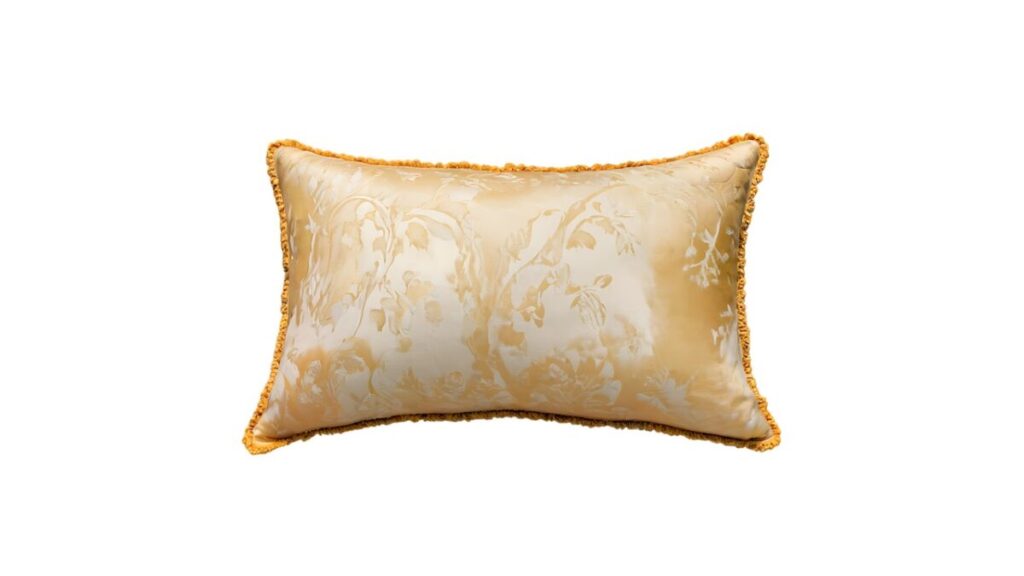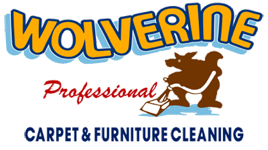Oily Upholstery Soiling Problem Growing! by Jim Pemberton
Hair and Body Oils!
From customers, guests, & children (2 & 4 Legged)!
Recently I helped three different cleaners who were asked to clean upholstery that was around 100 years old. What was interesting was, that in every case, these fabrics were mostly just dusty, and responded beautifully to thorough vacuuming and light dry solvent cleaning.
However, when you are asked to clean upholstered furniture, you rarely encounter fabrics that would respond to such a cleaning process.
“Why?”
Because 100 years ago, people who sat on upholstered furniture were completely dressed, and never ate or slept on it, let alone letting their pet eat or sleep on it!
This exposure to human and animal skin and hair oils creates soiling conditions that look like this, and worse!
 Body & Hair Oil Soiling
Body & Hair Oil Soiling
Furniture that looks like the above, requires one of the following three cleaning materials, or blends of two or all three of them to clean the fabric to an acceptable condition:
#1. – Alkaline Builders:
Alkaline upholstery preconditioners attack hair and body oil, which is resistant to water, and emulsifies it so that it more easily rinses away. However, these same alkaline preconditioners also can cause color bleeding and fading, as well as cellulose browning on natural fiber fabrics and blends. Avoid highly alkaline traffic lane prespray products, as they may damage synthetic fibers as well.
“Using high pH traffic lane presprays can cause permanent color loss”
************************************************
#2. – Solvent Boosters:
Solvent additives can be built into upholstery preconditioning products, or added separately. In either case, these products will assist in cutting through oily soils that have bonded to upholstery fabrics. While safer than alkaline builders when it comes to dye fastness, they do cause the preconditioning solution to rapidly penetrate the fabric, which can slow down the drying process, and also deliver the cleaning solution underneath of fabrics where dyes may be less stable, or other materials (such as ink markings) may bleed through.
#3. – Oxidizing Agents:
Oxidizing (“bleaching”) agents may be built into the cleaning formula or added separately. These products can decolorize yellow staining caused by oxidized oils, and are also effective in breaking down protein films on fabrics. While most of the ingredients used in these formulas are mild bleaching agents, sometimes erroneously called “color safe bleaches”, no bleaching formula is completely “color safe”. The use of these products may contribute to fading, or to over whitening “off white” fabrics.
SUMMARY:
Upholstery cleaning specialists should have products that contain these three ingredients, either in a formulated product or as additives. These formulations are essential when cleaning heavily soiled or smoke damaged fabrics, and often safe on synthetic fiber fabrics.
However, it is in your customers’ best interests to have their upholstery, especially upholstery made from delicate, potentially non colorfast natural fiber fabrics, cleaned BEFORE such aggressive chemistry is needed.
Source: https://www.ecleanadvisor.com/public/Major_Upholstery_Soiling_Agent_Revealed.cfm


